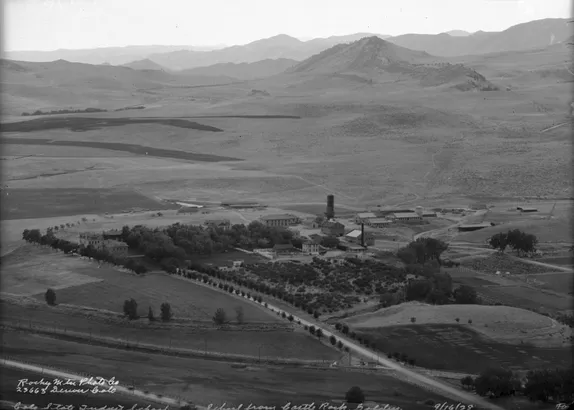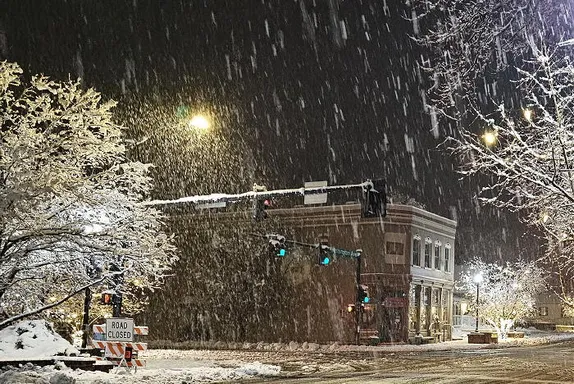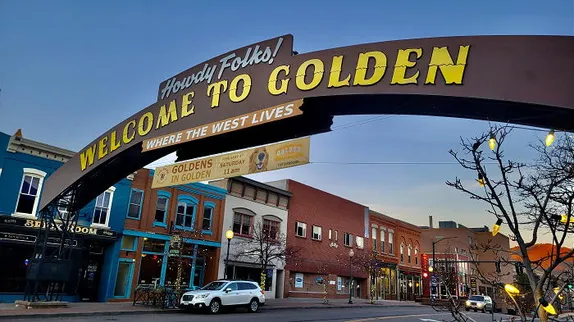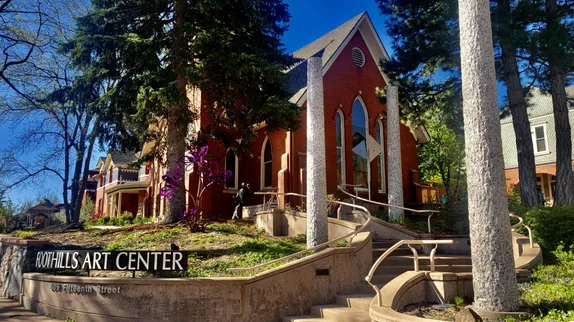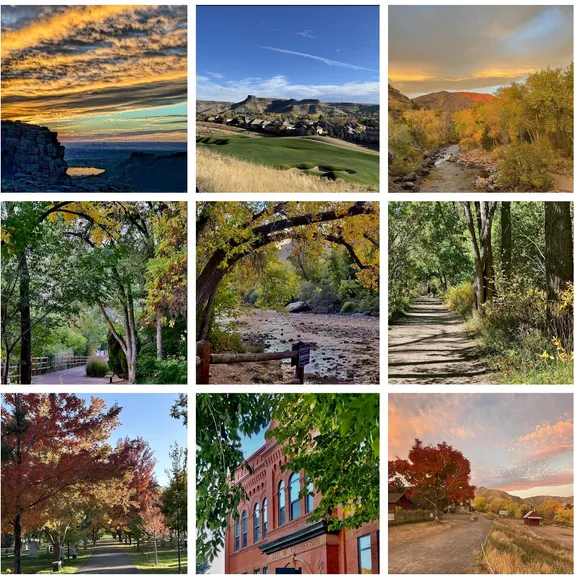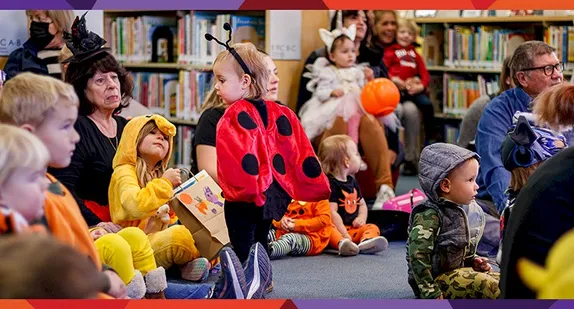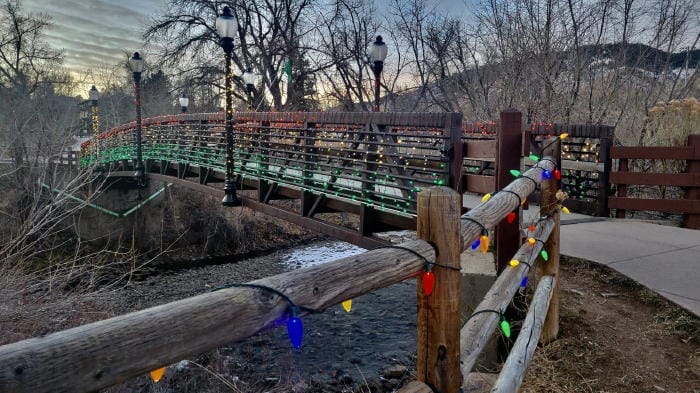

WHAT’S HAPPENING IN GOLDEN TODAY?
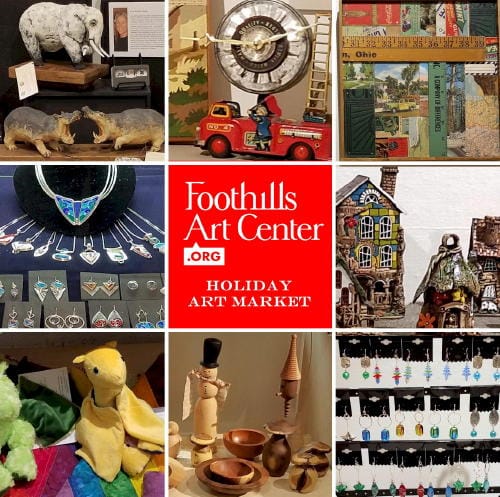
10AM-5PM Holiday Art Market @ Foothills Art Center
10:15-10:45AM Toddler Time @ Golden Library
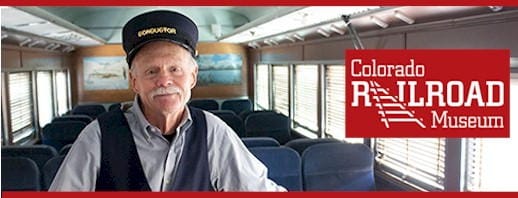
10:30AM and 1PM The Friday Tour @ Colorado Railroad Museum
11AM Ugly Sweater Party @ The Rock Rest Lodge

11AM The Story of the Nutcracker @ Miners Alley Playhouse
12-12:55PM All Levels Yoga (Virtual)
12-1PM Cookie Decorating in the Saddle @ Windy Saddle
1-1:45PM Silver Sneakers Yoga (Virtual)
3PM Vaccine, License & Microchip Clinic @ Foothills Animal Shelter
7:30PM The Great American Trailer Park Christmas Musical @ Miners Alley Performing Arts Center
7:30PM A Christmas Story @ Miners Alley Playhouse
SEE THE COMPLETE CALENDAR OF EVENTS.
or
THE CALENDAR SHOWING OLDE GOLDEN HOLIDAYS EVENTS

Did you receive this email from a friend? Sign up to get your own copy!

LIVE MUSIC
5PM Look Both Ways @ Dirty Dogs Roadhouse
5-8PM Live Music @ Eddy Taproom

7-10PM Conal Rosanbalm @ Buffalo Rose (Sky Bar Stage)
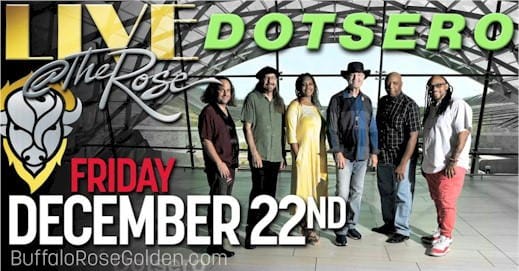
7:30PM Dotsero @ Buffalo Rose (main venue)
9PM Karaoke @ Ace Hi Tavern

GOLDEN HISTORY MOMENT
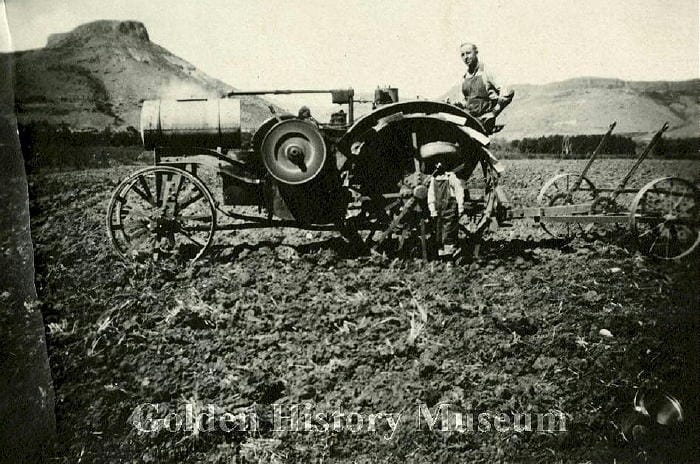
In the early 20th century–particularly 1910-1920–Colorado was in the throes of a sugar rush. While sugar cane from the Caribbean islands had long been the source for sugar, after the Civil and Spanish American Wars, the U.S. became interested in developing a domestic source. Sugar beets filled the bill.
The western states–Colorado, Utah, Nebraska–were well-suited for growing sugar beets, and capitalists were eager to invest in the infrastructure needed to refine the beets into sugar. Colorado had been rapidly expanding in beet production for a number of years, and sugar refining factories had been built in Grand Junction, Fort Collins, Greeley, Loveland, and several other towns around the state.
In 1916, the sugar industry began encouraging Jefferson County farmers to start raising beets. They waged a strong PR campaign, telling farmers what a good cash crop beets were, and how much farmers in other parts of the state were making from beets. There was great interest, and by 1917, many Jeffco farmers had decided to try beets. County leaders hoped that local production would encourage the sugar companies to build a factory in Jefferson County–possibly in Arvada.
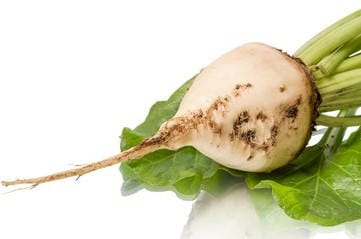
Beets need to be processed quickly after they reach peak sugar in the fields, so speedy transportation is important. At that time, most farmers drove their produce to Denver by horse-drawn wagon. To speed the process, the Tramway company offered to install “beet dumps” along their three rail lines in Jefferson County (one went to Leyden and two to Golden–one via Arvada and the other via Lakewood). These beet dumps would allow farmers to bring their produce to a stop along the Tramway line, weigh it, and have their beets delivered to Denver quickly by rail. There were hopes that dozens of dump sites would be needed, but the first year they built only three.
All went well for a few years. Farmers formed co-ops and negotiated high prices from the sugar companies. By 1919, it was one of the largest crops in Jefferson County:
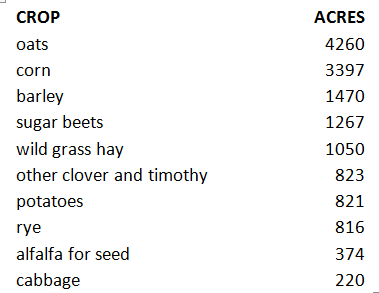
In the fall of 1920, Great Western Sugar Company announced plans to build new plants in Johnstown and in Minatare Nebraska. However, there were a lot of moving parts in the sugar industry.
In late fall, 1920, the price of cane sugar suddenly dropped and producers of beet sugar were left with millions of pounds of refined sugar that they had to sell below cost. The December 23rd, 1920 Colorado Transcript announced that the Johnstown and Minitare plants would not be built. Credit markets were tight at that time, and Great Western decided to slow their expansion and operate with what they already had.
The sugar beet industry continued in Colorado, but the early, speculative sugar rush days were over. Farmers gave up the temptation to grow only beets and the sugar industry slowed down on building new plants.
During World War I, housewives were encouraged to plant a few beets to produce their own sugar. I found a modern-day description of the process, and it does not sound easy–which may be why I found no such references during World War II.
Beets did find new fans during Prohibition, as bootleggers discovered they could be used to produce alcohol.

Thanks to the Golden History Museum for providing the online cache of historic Transcripts, and to the Golden Transcript for documenting our history since 1866!

GOLDENTODAY IS BROUGHT TO YOU BY:
Many thanks to the people and organizations who support What’s Happening in Golden? If you would like to support local news, please CLICK HERE!
DECEMBER SPONSORS: Buffalo Rose, Buglet Solar, Foothills Art Center, Golden City Brewery, Golden Cultural Alliance, Golden History Museum, Golden Super Cruise, Miners Alley Playhouse, The Golden Mill, Golden Chamber of Commerce, Golden History Tours, Morris & Mae Market, Miners Saloon, Joy and Jack Brandt, Tom Reiley
Contributors: Greg Poulos, Vic DeMaria, Cynthia Merrill Tamny, Barry & Liz Bettis, and John & Carol McEncroe
Ongoing Monthly Supporters:
Tall Pines Painting, Baby Doe’s Clothing, Golden Community Garden, Carol & Doug Harwood, Jennings & Litz, Bill Fisher, Brian Quarnstrom, Casey & Gina Brown, Cheryl & Tom Schweich, Robert Storrs, Karen Smith, Sandy Curran, Paul Haseman, Michele Sannes, Kathy Smith, Crystal Culbert, Pat Madison, Donna Anderson, Ann Pattison, Carol & Don Cameron, Tom Hughes, Emeline Paulson, Susan Gray, David Smith, Karen Oxman, Laura King & Scott Wilson, Bill Sedgeley, Mariane Erickson, Carol Abel, Dot & Eric Brownson, Ann Norton & Jonathan Storer, Deb Goeldner, Rosemary Coffman, Jim & LouAnne Dale, Francine Butler, Elaine Marolla, Dixie Termin & Ron Miller, John & Andi Pearson, Chris Ball, Tom Hoffman, Patrick & Lisa Vitry, Alice Madison & Jim Kalivas, Lora Haimes, Nancy & Carlos Bernal, and Stephanie Painter, Holly Thomas
PREVIOUS ARTICLES – SUBSCRIBE TO WHAT’S HAPPENING IN GOLDEN

